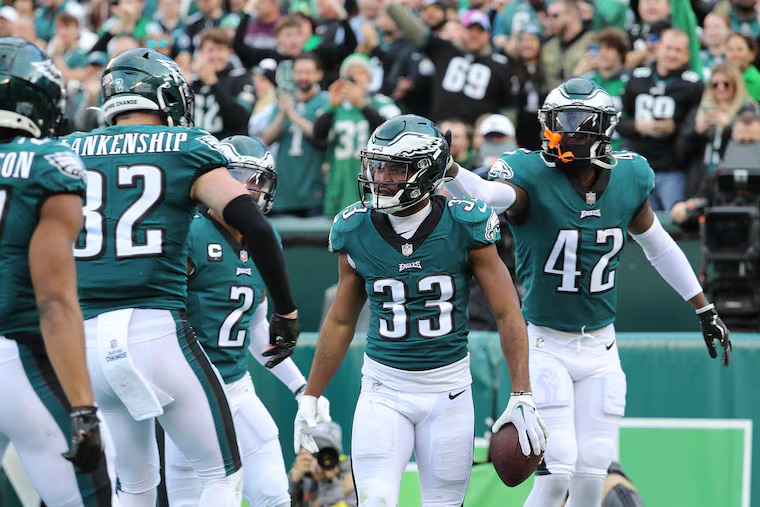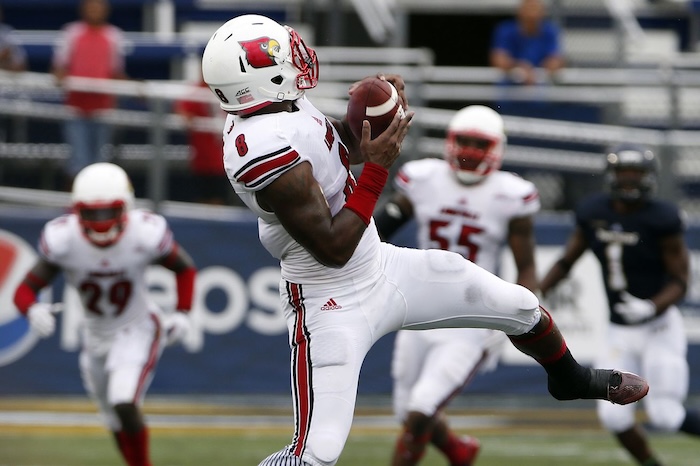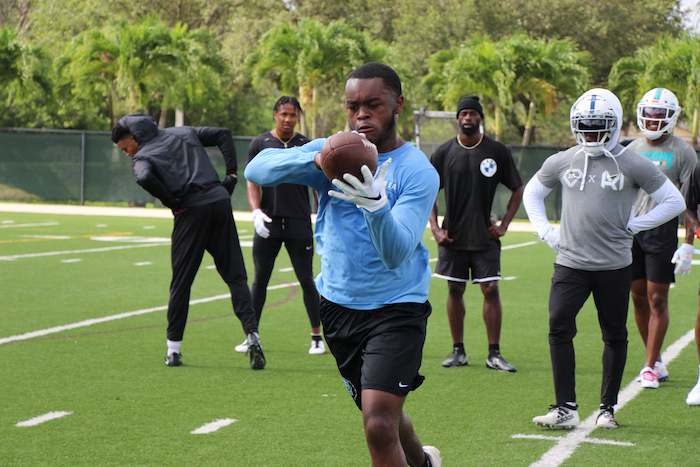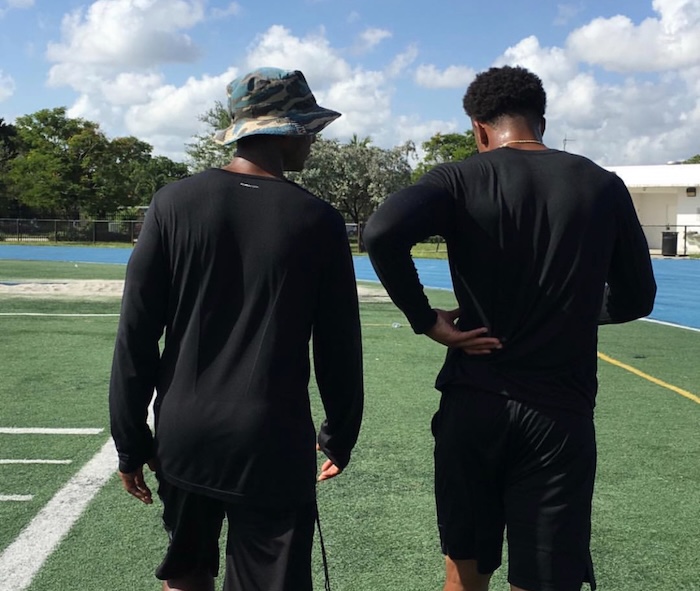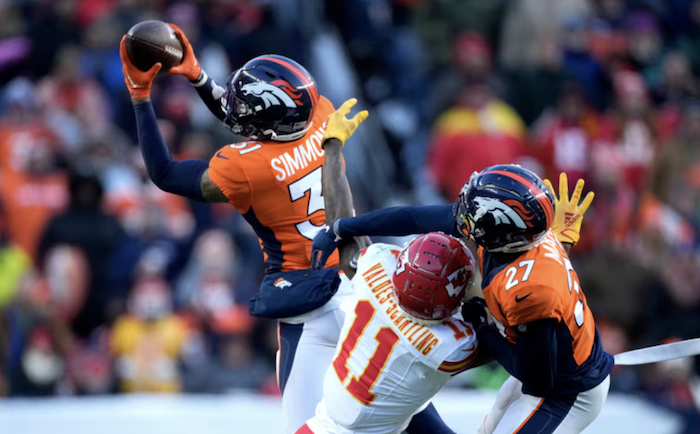Nowadays, scheme is everything. We’re in an information era where playbooks, ideologies, and theories can be spread rather quickly. With this overload of information, it is very easy as coaches to get bogged down in schemes, checks, and the like. However, if we aren’t giving the players the tools to operate within the scheme, then your scheme is worthless.
The Quarters Coverage Trap
There are a ton of iterations of Quarters coverage sweeping across all levels of football. Quarters has turned into the Swiss Army knife of coverages for coordinators. There is this thought that no matter what the offense does, there is a tweak or a check out of quarters or match coverages to fix it. While I understand the level of comfort this might bring to the play caller, I am seeing something more troubling pop up amongst the players.
The Architect with a Pencil
More and more players are being asked to fully understand scheme. However, this is being done at the detriment of developing the tools to apply what they’ve learned. In essence, the players are being turned into architects while being asked to build the homes on site with their pencils.
The immediate reaction to breakdowns in coverage and structural failures is to double down on the checks and tweaks. What I’m observing on film is not necessarily a void in knowing where to be. It’s simply an inability to place themselves in the proper space because they lack the necessary movement skills.
The Abandoned Backpedal
Coaches nationwide have abandoned some of the crucial basics that would help them in their schemes. One of the most notable skills abandoned has been the backpedal. Deemed as “old school,” coaches have resigned themselves to the fact that it’s not needed in their schemes and that it’s too difficult to teach the players this skill. The truth is that a strong pedal gives a defensive back the confidence and ability to play almost any coverage that does not require press.
Offensive coordinators and receivers alike have taken great delight in attacking the blind spots of defensive backs that find themselves having to open too soon. When this happens, defensive backs get lost in space, and that’s bad news when you are running match principles. It has become all too easy on offense to scheme up route combinations that put a receiver one-on-one in space versus a defender that is lacking skill development.
The Solution: Tools Over Tweaks
While I know what it’s like to coach and have the challenges of meeting time, practice schedules, and players’ level of athleticism, I’m going to make a strong recommendation. If anything I discussed in this article remotely feels like you or your team, then it’s probably time to take stock.
Teams in this situation would do well to reduce the size of their play sheet, cut down on some of the checks, and ramp up the skill level of the players. Instead of sending them out there to build a home with pencils, let’s put some hammers, screwdrivers, and other necessary tools in their belt to defend the new era of wide receiver that is more athletic and knowledgeable than ever before.
Development of skills is the gift that just keeps on giving. It gives the player the power to adapt to any scheme change that may come down the road. A tweak in coverage without skill level is a Band-Aid on a broken leg. Be sure that your drill work and skill development is sufficient for the scheme you are trying to run.
For more discussion on strategy and access to a full drill library for defensive backs, join me in the All Eyes DB Camp members area where we have over 300+ posts on all things having to do with the secondary. Click here for more info.

